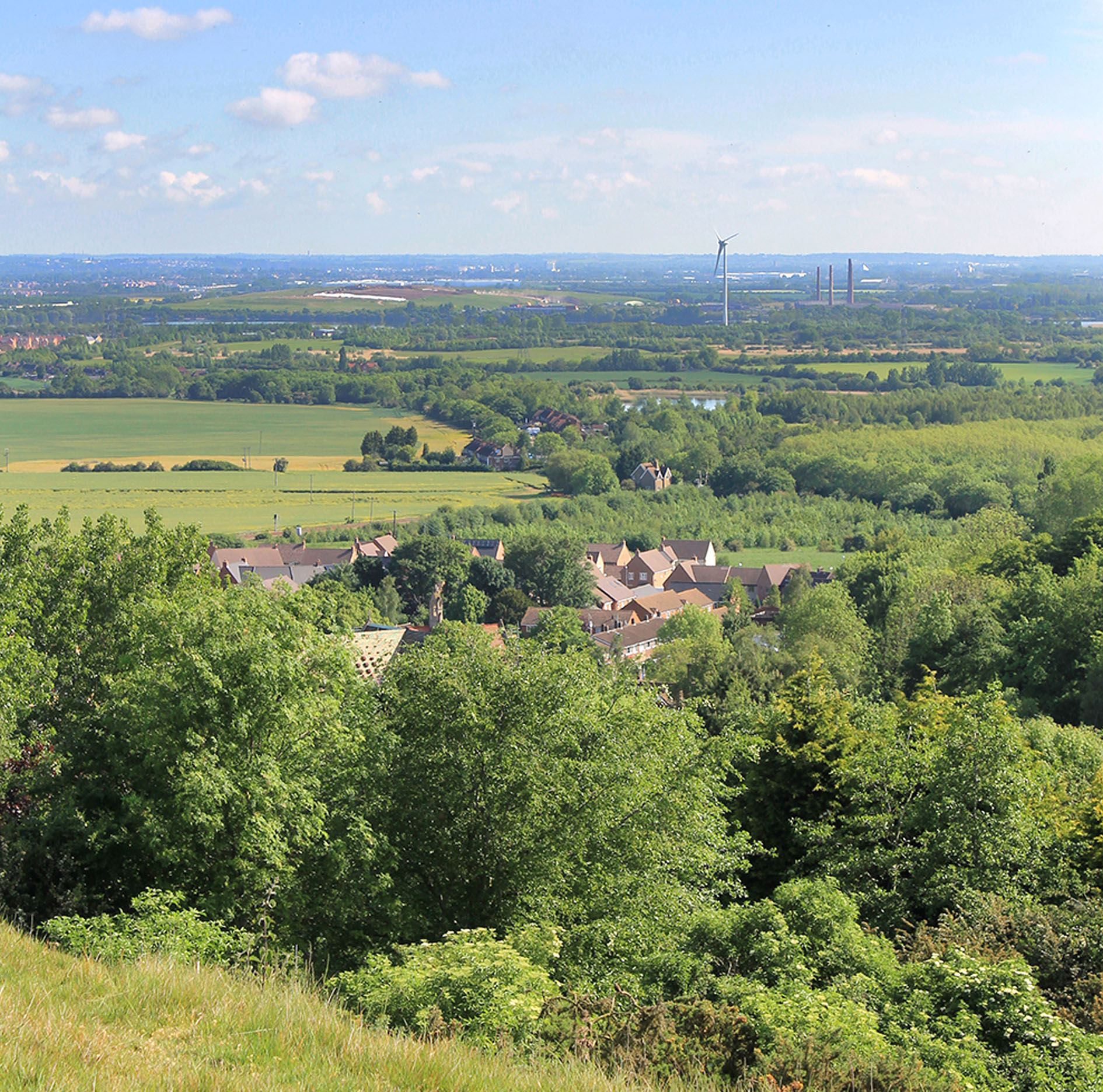
UK: One of England’s pioneering Community Forest projects is using Bluesky’s National Tree Map for tracking progress and engaging with stakeholders and the local community. The largest environmental regeneration project in Bedfordshire, the Forest of Marston Vale (The Forest) is one of the 12 Community Forests designated in the 1990s.
Designed to regenerate landscapes around towns and cities that have been marred by rapid industrialization, The Forest was created to address the effects of the brick making industry, which is active in the area between Bedford and Milton Keynes for more than 100 years.
From 3 percent woodland cover in 1991, The Forest has a target of 30 percent cover by 2031 across the 61 square mile area.
James Russell, Forest Director of The Forest of Marston Vale, said “By transforming the landscape using trees and woodlands, we can transform the perceptions of a once-degraded area which has a direct impact on transforming prospects for the people who live, work and visit here. So it’s about much more than just the trees; it’s about regeneration. However, trees are at the heart of what we do – without planting millions of trees we won’t create a forest – so we need to be able to measure and monitor our progress”
Before acquiring the Bluesky National Tree Map data, which identifies the location, height and canopy cover of more than 280 million trees across Britain, The Forest relied on its own records and data from the Forestry Commission.
“While our own data and Forestry Commission data had their merits, neither was as accurate, comprehensive or as up to date as the Bluesky tree map,” added James. “The use of the Bluesky data not only gives us critical data to assess our progress, but it also allows us to evaluate and quantify the benefits of this increased ‘forest cover’ to the local community.”
The Bluesky tree data was used by The Forest as part of a recent Progress and Impacts Study. As a result, it was concluded that tree cover had already increased to 15 percent, which is half of the overall target, with woodland cover up to 11 percent. Based on this ‘forest cover’ data, the study was then able to corroborate that every £1 spent in creating The Forest to date had returned £11 in benefits to the area through improvements in employment, health and wellbeing, air quality, recreation, enhanced landscape, property values and, in due course, timber supply.
Moreover, The Forest plans to use the Bluesky data to emphasize on future planting and increase engagement with local communities.




